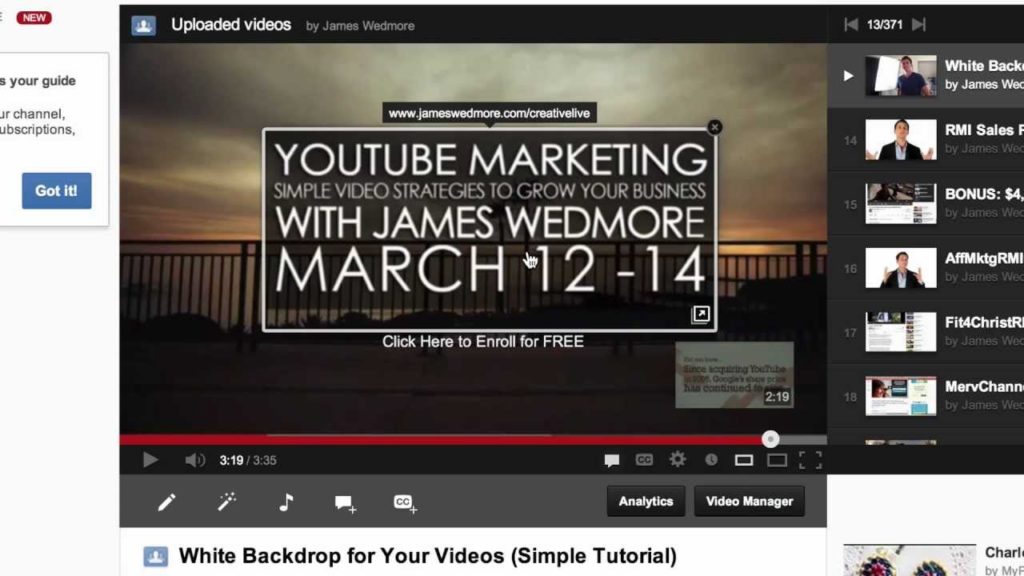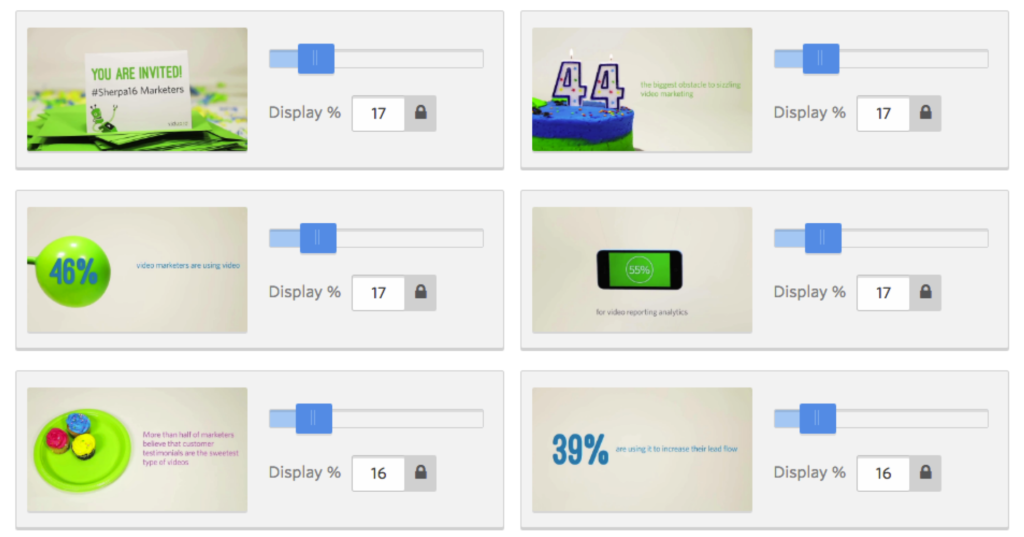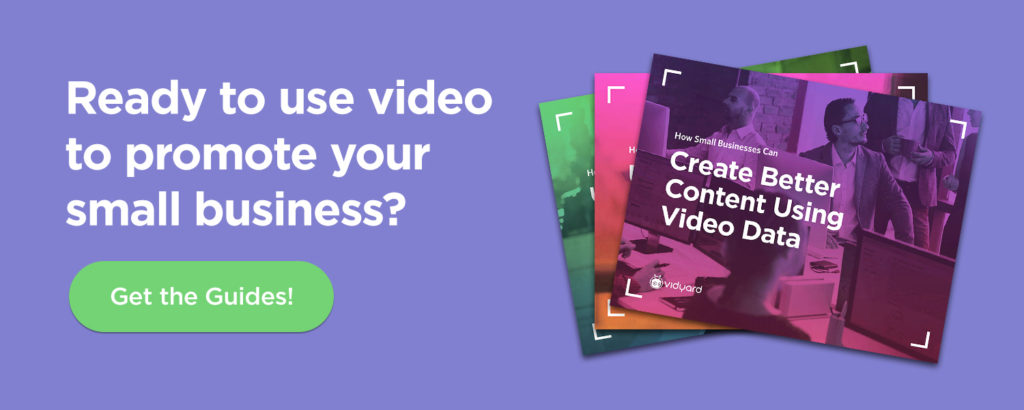Everything we do, it seems like we’re looking for the most efficient way to possible. Whether we’re buying sliced apples from the grocery store, or pre-painted building materials from the hardware store, it has to be efficient, and it has to be inexpensive.
That’s the name of the game in 2017.
Chances are, as a small business, you’re no different. You’re looking to maximize your bottom line with the smallest output possible.
That’s why small businesses use video. (Well this is why small businesses use video, actually.)
But video is often believed to be expensive, overwhelming, and hard to get started. That’s precisely why we put together these six tips on creating budget-friendly (or even no budget!) videos.
1. Use the Camera in Your Pocket
You probably already know this, but you have an amazing camera in your pocket (psst … it’s your phone!). So before you start thinking you’re going to have to invest in a bunch of fancy studio equipment, start with your phone and maybe a tripod for extra stability and a more professional look.
If you’re going to do this approach, you can step it up a notch by borrowing a colleague’s phone as well. Why? Having two phones means you can use one for the audio that’s closer to whoever’s speaking on camera and one for the video. Then you can just sync audio in post-production. Below is a great video walkthrough of how to do this in iMovie, but there are plenty of examples for whichever editing tool you’re using all across the web.
2. Lean on Affordable (or Free!) Technology
It’s 2017, which means that if you’re not using technology to make your job easier, you’re probably doing it wrong. There are a lot of tech options to help you complete the day-to-day tasks of video production. Check out our shortlist below.
Editing Software
Are you using a Mac? If the answer is “yes”, then you already have a powerful editing tool right at your fingertips. You can use iMovie for a lot of basic editing, including:
- Trimming video
- Merging different video clips
- Syncing audio
- Adding background music
- Adding text overlays
- And more!
Animated Production Tools
For certain video types like animations, an online production tool can really help you to create something professional-looking without the professional budget. Tools like Powtoon allow you to create animated videos for free! That’s right, $0.
Animated explainer videos are a must-have for any small business. They’re a perfect way to explain your offering and are best used for describing any complex concept.
If you do have some budget, there are plenty of agencies out there who specialize in animated explainers and will create a custom one for you for a pretty good price.
Screen Share or Webcam Production
What if you’re creating videos for more than just your website? Often when videos are created for your blog or even for communications with external partners or prospects, you don’t need a fancy video, but something simple that shows you as you.
In these situations, whether it be on your blog or through email, we recommend using a screen share or webcam video. This way, you can show yourself or demo your product. Tools like ViewedIt make it really easy to create a video and share it through email.
If you are recording a webcam video and will be publishing it externally, consider “investing” (as in only about $100) in a high definition webcam. We just tried the C920 HD Pro hi-def webcam from Logitech, and it makes a big difference to the quality of our webcam videos! Check out the difference in the examples below.
Regular MacBook Pro Webcam:
Logitech Hi-Def Webcam:
3. Repurpose, Repurpose, Repurpose
With so many projects on the go every day at a small business and 1 million things asking for your attention, it’s easy to get caught up in the mindset that you have to create more content all the time. And that only brand new content is good content. Or that only fresh content will get ranked on Google.
Take a breath because this is not the case. (Happy dance!)
It is most definitely a best-practice to utilize your content assets across multiple platforms and repurpose them in any way, shape, or form that’s slightly different than your initial asset. That means you should be using your video on your website, your blog, Facebook, Twitter, YouTube, and more. Adjust your video ever-so-slightly for different platforms if you have the bandwidth and capacity to do so. But at the very least, get it out there!
4. Think Beyond Video Content
As you start to use more and more video, you’ll realize that your audience watches more and more video. And then you’ll start to wonder how you can make the most of that time that they’re spending engaging with your brand in this tiny box of moving pictures.
Seize the opportunity to get them to consume more of your content! Utilize things like annotations to get them from your YouTube channel to your website or CTAs (like at the end of the video below) to get them to download your ebook.

Helping them move through the journey with your brand means more bang for your video marketing buck.
5. Don’t Forget the Background Music
It’s amazing how far background music can go to making your video seem like a professional project. It can set the mood, fill the dead space, and elicit emotion. Just make sure to spend a small amount on this so that you’ve purchased the rights to your video music and don’t risk getting fined!
There are a number of great music providers online where you can purchase great songs for videos including:
6. Test and Optimize
Just because you have a low-budget production, doesn’t mean you don’t want to make the absolute most of it. Just like anything else, you’ll want to test different aspects of your video content to ensure you’re putting out the best possible alternative.
Where do you start? The best place is testing your video splash screens. A good splash screen is the difference between someone clicking play and someone ignoring your video completely. With a video platform, you can run A/B tests no problem. But even without one, you can still run a manual test, it’ll just be more sequential in nature. Just switch up the splash screen manually after a few days, make sure you record the number of plays each one gets, and set the winner!

And that’s it!
If you put these tips into practice today, you’re sure to be creating a great video library in no time! What tips have worked for you in creating video content for your small business? Share with us in the comments!
Want to take video one step further? Learn how to make the most of your low-budget, high-impact productions by:
- creating better content using video data
- using video at each stage of the buyer’s journey
- using video in email to increase click-throughs
The post 6 Video Tips for Small Businesses on a Budget appeared first on Vidyard.
source http://www.vidyard.com/blog/6-video-tips-small-businesses-budget/


No comments:
Post a Comment